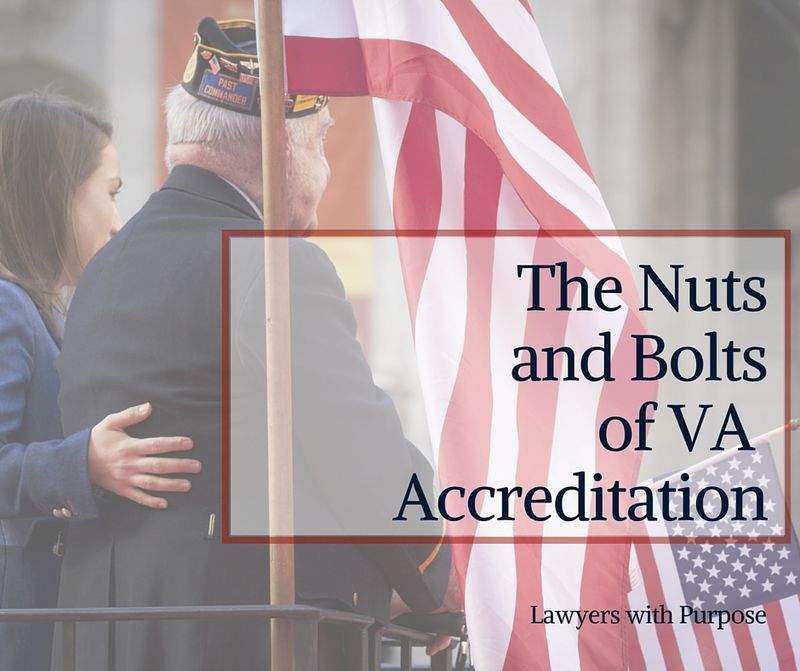On December 3, 2024, the U.S. District Court for the Eastern District of Texas issued a preliminary injunction halting the nationwide enforcement of the Corporate Transparency Act (CTA) and its related regulations. The court found that the CTA is likely unconstitutional, as it exceeds Congress’s authority. While this is not the first court to make such a ruling, the nationwide scope of the injunction—rather than applying only to the specific plaintiffs—marks an important development, especially as the compliance deadline for many businesses under the CTA is rapidly approaching.
What is The Corporate Transparency Act?
The Corporate Transparency Act (CTA), enacted in 2021 as part of the National Defense Authorization Act, mandates that reporting companies register with the U.S. Financial Crimes Enforcement Network (FinCEN) and disclose their ultimate beneficial owners—those natural persons who ultimately control or benefit from the company. The CTA aims to help fight money laundering, terrorism financing, tax fraud, and other criminal activities, while also trying to minimize the regulatory burden on businesses operating in the U.S.
FinCEN’s final rule implementing the CTA went into effect on January 1, 2024, and compliance began phasing in during 2024. Reporting companies formed or registered before this date are required to submit their initial reports by January 1, 2025.
Since its passage, the CTA has faced multiple legal challenges regarding its constitutionality. One significant case, NSBU v. Yellen, concluded in March 2024 when the U.S. District Court for the Northern District of Alabama ruled the CTA unconstitutional. The court found that the law exceeded Congress’s authority and issued a permanent injunction, barring its enforcement against the plaintiffs—a small business trade association, its members, and an individual. This decision is currently being appealed in the Eleventh Circuit.
Meanwhile, other district courts in Oregon and the Eastern District of Virginia have also considered the CTA’s constitutionality but determined that the plaintiffs in those cases did not show enough evidence to justify halting enforcement. As a result, those cases were denied a preliminary injunction. Both cases are now being appealed—one in the Ninth Circuit and the other in the Fourth Circuit. Additionally, a Massachusetts district court recently dismissed a challenge to the CTA after it was agreed that it did not apply to certain condo associations.
December 4, 2024 – A U.S. District Court ruling in the Eastern District of Texas has issued a nationwide injunction, blocking the enforcement of the Corporate Transparency Act (CTA). This decision halts the upcoming January 1, 2025, compliance deadline that would have required millions of businesses to disclose their beneficial ownership information (BOI) to a federal database managed by the Financial Crimes Enforcement Network (FinCEN).
The case, Top Cop Shop, Inc., et al. v. Garland, et al. (No. 4:24-cv-478), raised important constitutional issues regarding the CTA. The Court determined that the law oversteps Congress’s authority and violates constitutional rights.
Key Constitutional Issues Raised by the Court
1. Federal vs. State Power
The Court expressed concern that the CTA disrupts the balance of power between federal and state governments. Corporate governance has traditionally been regulated by the states, and the law’s federal oversight was viewed as an overreach.
2. Free Speech and Privacy Concerns
The Court also raised concerns about potential violations of First and Fourth Amendment rights. The CTA requires companies to disclose their beneficial ownership, which could infringe on rights related to free speech and privacy. The Court emphasized that forcing businesses to disclose this information could lead to government surveillance and unwanted exposure of personal or sensitive business details.
3. Financial Burden on Small Businesses
The Court addressed the significant costs the CTA imposes, estimating that the compliance bill could reach $22 billion in the first year. For small businesses, these costs were seen as an undue burden, further complicating the already challenging landscape of running a business.
Impact of the Ruling
Unlike other cases, such as National Small Business United v. Yellen (No. 5:22-cv-01448, N.D. Ala.), the ruling issued a nationwide injunction. This means that all businesses are temporarily relieved from the requirement to comply with the January 1, 2025, deadline.
For businesses that have already filed their beneficial ownership information with FinCEN, they are now able to pause their compliance efforts while they wait for further legal developments. This decision is a major win for small businesses, who were especially concerned about the costs and privacy risks associated with the CTA.
What’s Next for the Corporate Transparency Act?
While this ruling is a significant victory for opponents of the CTA, it is not the final word. The federal government is expected to appeal the decision, and the case could eventually reach the U.S. Supreme Court. A future presidential administration might also have an impact, potentially leading to changes in how the CTA is enforced.
The Court’s ruling highlights the ongoing debate over the balance between transparency and the protection of constitutional rights. As the legal process continues, businesses and legal professionals will need to stay updated on how these issues develop.
Lawyers with Purpose: Supporting Estate Planning Attorneys
At Lawyers with Purpose, we are committed to helping estate planning attorneys build businesses that are not only successful but also meaningful. We offer resources and support in areas like legal education, business operations, marketing, and community building.
If you want to stay informed about changes like the Corporate Transparency Act or need help with growing your law firm, reach out to us. Schedule a discovery call today, and let us help you handle the challenges your practice may face.











